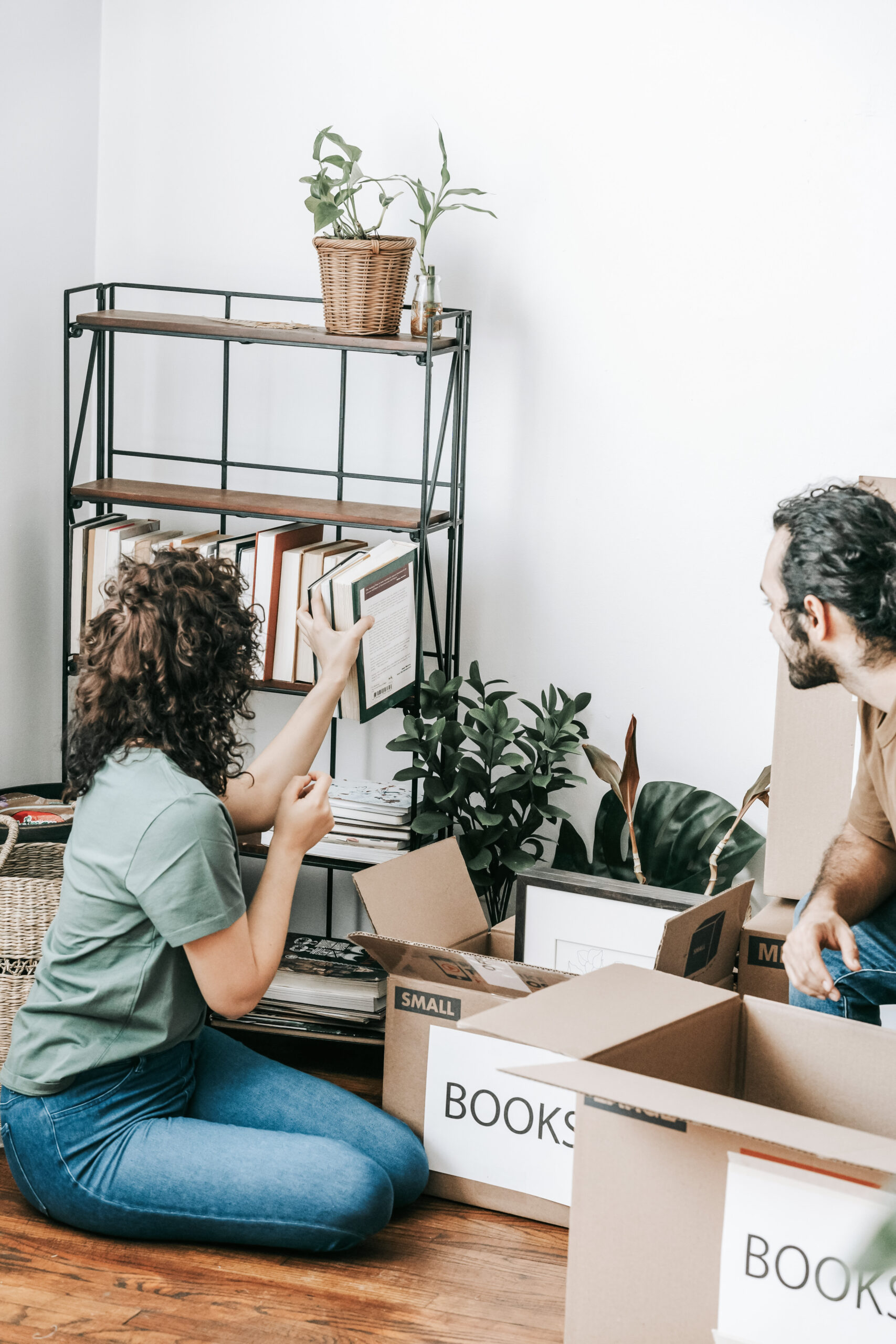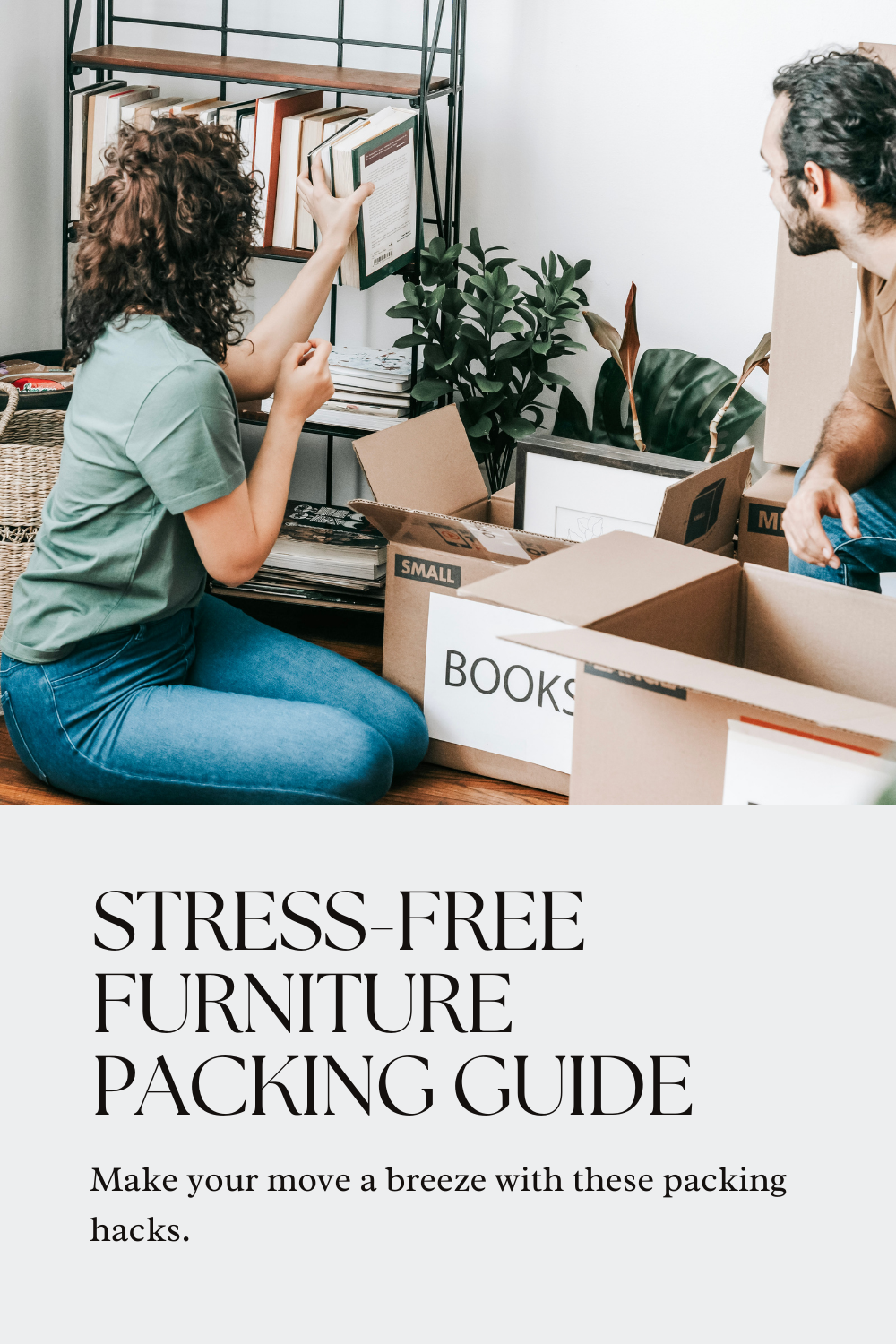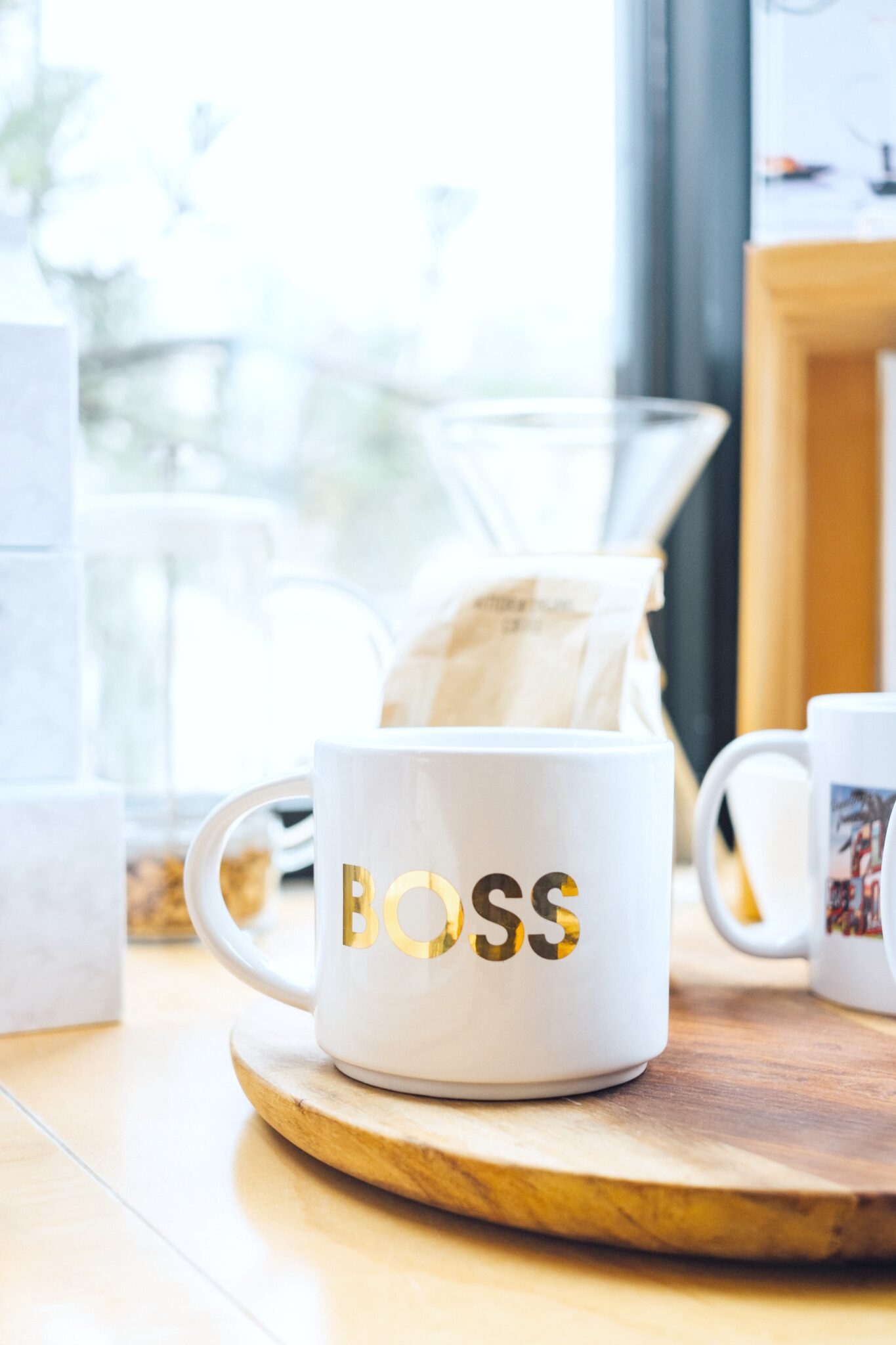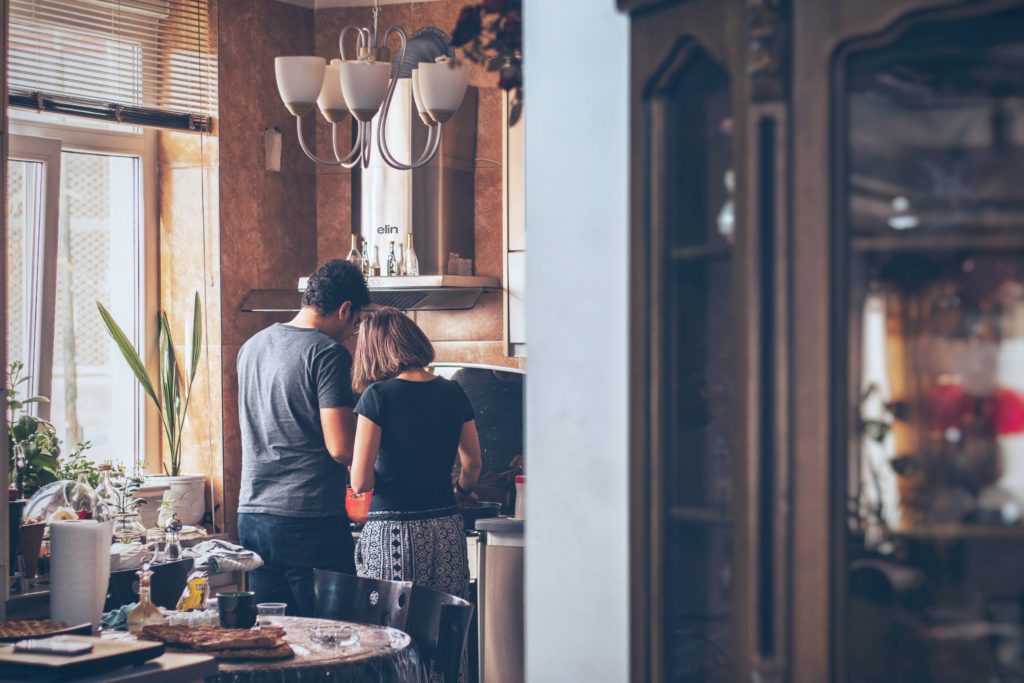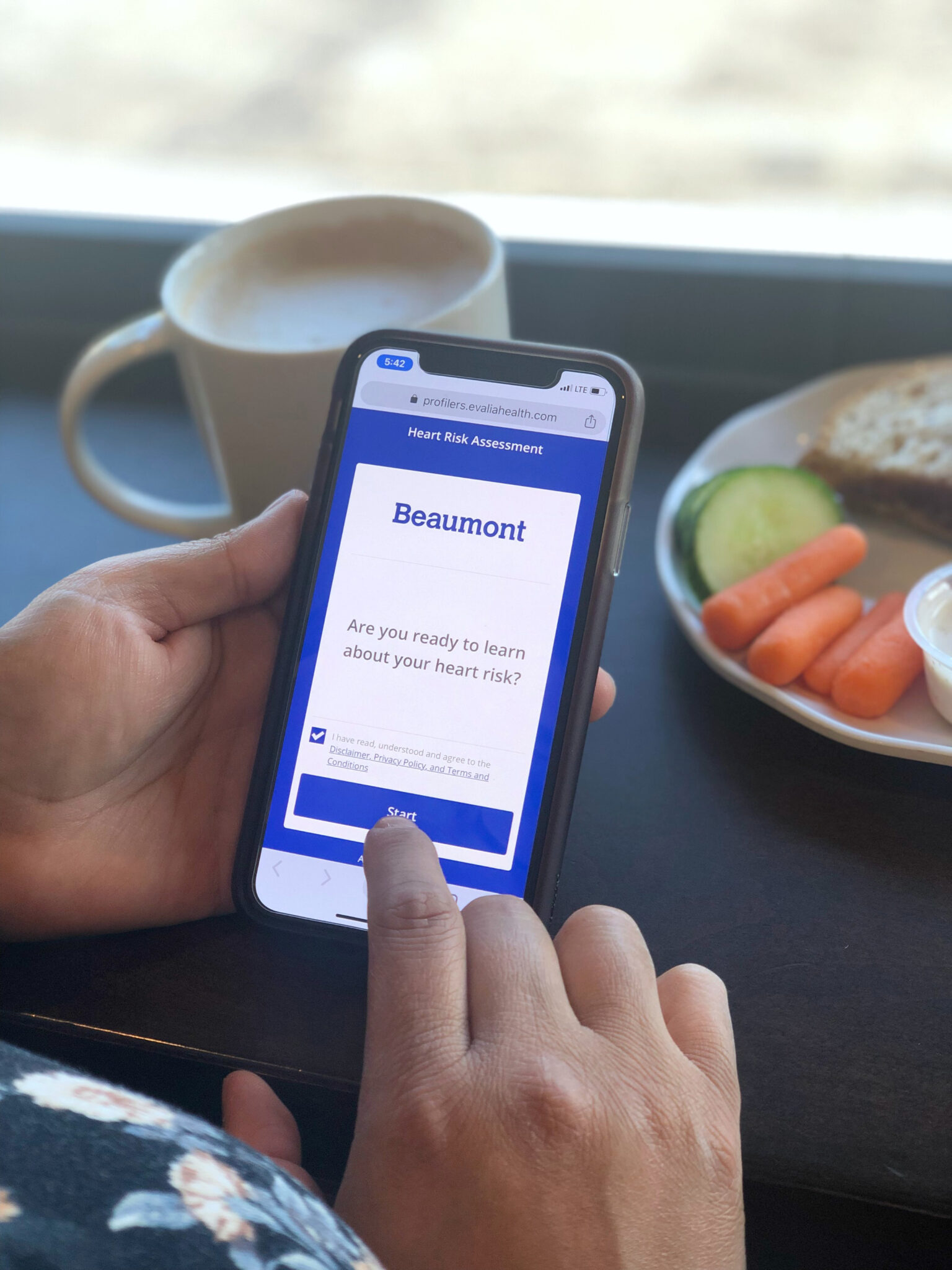The Ultimate Guide to Packing Your Furniture for a Stress-Free Move
Guide to Packing Your Furniture for a Stress-Free Move
Packing furniture for a move can be a daunting task, but with the right approach, it doesn’t have to be overwhelming. This guide will help ensure a smooth and efficient process.
By planning early and using effective packing strategies, you can minimize stress and protect your belongings.
A well-organized move begins with a checklist that includes everything from notifying utility providers to decluttering your home.
Choosing a reliable moving company in Huntington Beach, OC can significantly reduce the anxiety associated with moving.
Professional movers can provide expertise and tools to handle your furniture carefully, preventing damage. This step is important for a stress-free move and ensures your items stay safe throughout the journey.
In addition to hiring movers, consider packing strategies like labeling boxes and dismantling larger furniture pieces. These techniques save time and effort during loading and unloading.
By following this guide, you’ll be well-prepared for a seamless moving experience.
Key Takeaways
- Start early and plan with a checklist
- Hire a reliable moving company
- Use effective packing and labeling strategies
Planning and Organizing Your Move
Proper planning and organizing are essential for a smooth and hassle-free moving experience. By creating a detailed timeline, decluttering, gathering all necessary supplies, and implementing a robust labeling system, you can ensure that nothing is overlooked.
Creating a Comprehensive Moving Timeline
Starting the planning process early is a key component. A well-structured timeline helps manage tasks efficiently.
Begin by creating a moving checklist, which includes researching moving companies, scheduling utilities, and notifying important contacts of your change of address.
Six weeks before: Start packing non-essential items, like seasonal clothing and decor.
Four weeks before: Confirm all logistics with the moving company and start packing more frequently used items.
Two weeks before: Finalize packing with essentials and ensure all essential documents are easily accessible.
Decluttering Before Packing
Before packing, take a moment to declutter. This reduces the number of items to move, making packing more efficient. Sort your belongings into three categories: donate, sell, and toss. Items that haven’t been used in the past year often fall into the donate or toss categories.
Donate: Items in good condition can typically be donated to local charities or thrift stores.
Sell: Organize a garage sale or sell items online to make some extra cash.
Toss: Discard broken or unsalvageable items to avoid transporting unnecessary junk.
Gathering Necessary Packing Supplies
Gather all necessary packing supplies to protect your items during transport. Essential supplies include sturdy boxes, bubble wrap, packing tape, packing paper, and permanent markers.
Consider purchasing or renting specialized materials like mattress bags, furniture pads, and a dolly. Buy boxes in assorted sizes and ensure they’re clean and in good condition to safeguard your belongings.
Basic Supplies Checklist:
- Sturdy boxes
- Bubble wrap
- Packing tape
- Packing paper
- Permanent markers
Designing an Inventory and Labeling System
An inventory and labeling system keeps your move organized and ensures nothing gets lost. Create an inventory list of all items packed, noting their destination rooms within the new home.
Label each box clearly with its contents and assigned room using permanent markers. Color-coded labels or numbered boxes can further streamline the unpacking process.
Inventory and Labeling Tips:
- Inventory List: Detailed list of items in each box
- Labels: Box contents and destination room
- Color-Coding: Different colors for each room
- Numbering System: Numbered boxes for reference in the inventory list
Implementing these steps will help ensure your move is well-organized and as stress-free as possible.
Packing Strategies and Techniques
Effective packing strategies involve ensuring the safety of fragile items, disassembling and packaging furniture efficiently, creating an essentials box for immediate needs, and using suitcases and other containers to maximize space.
Properly Protecting Fragile and Valuable Items
Fragile and valuable items need special attention. First, gather materials like bubble wrap, packing paper, and sturdy boxes. Wrap each item individually in bubble wrap, securing it with tape.
For additional protection, use packing peanuts or air cushions to fill gaps in boxes, preventing movement during transit. Label each box as “fragile” and note which side should face up. This ensures anyone handling the boxes will do so with extra care.
Efficient Furniture Disassembly and Packing
Disassembling furniture makes it easier to move and pack. Start by cleaning and disassembling larger items such as beds and tables. Keep track of all hardware by placing screws, nuts, and bolts in labeled plastic bags.
Tape these bags securely to the corresponding furniture pieces. Use furniture covers or old blankets for added protection during transport. For larger items, consider professional movers to ensure they are handled safely and efficiently.
Creating an Essentials Box for the First Day
An essentials box includes must-have items for the first day at the new home. Pack toiletries, chargers, essential medications, and important documents like identification and lease agreements.
Include a set of clothes, basic kitchen supplies, and essential tools for quick fixes. Having these items readily available will make the first day smoother and less stressful.
Utilizing Suitcases and Containers Effectively
Suitcases are great for packing clothing and other non-breakable items. Roll clothes to maximize space and reduce wrinkles.
Containers with lids are useful for items that need to stay organized, such as office supplies or kitchen gadgets.
For added efficiency, use every available space; for instance, pack small items inside shoes or boots. Label all suitcases and containers to ensure easy identification and unpacking.
You May Also Like:
- Areas in Sydney to Consider Moving To
- Make Moving Out of Your Home Easier With These Tips
- 5 Tips to Prepare Your New Home Before Moving In
- Tips For Moving Into Your Dream Home
Ready to Move?
Proper planning and organization make packing furniture for a move manageable. Starting early, using the right materials, and carefully wrapping each piece ensures items remain undamaged.
Labeling boxes clearly and handling heavy items with caution further support a smooth transition. Following these strategies leads to a more efficient and stress-free moving experience.
Do you have any other tips for packing your furniture?
Let me know, til then—cheers m’deres!

PIN FOR LATER:

Nancy Polanco is a freelance journalist, lifestyle content creator, and editor of Whispered Inspirations. She is a proud Mom to Gabby and Michaela and partner and best friend to Darasak. Having worked as part of a health care team for almost a decade, Nancy is happy to be back to her passion. She is a contributor to the Huffington Post, TODAY’s Parents, and an Oprah Magazine Brand Ambassador.

